Rice, Oak Ridge scientists show growing atom-thin sheets on cones allows control of defects

“Hands of Henry” (Nitant Gupta, c. 2017; WS2 on conical canvas)
Rice University researchers have learned to manipulate two-dimensional materials to design in defects that enhance the materials’ properties.
The Rice lab of theoretical physicist Boris Yakobson and colleagues at Oak Ridge National Laboratory are combining theory and experimentation to prove it’s possible to give 2-D materials specific defects, especially atomic-scale seams called grain boundaries. These boundaries may be used to enhance the materials’ electronic, magnetic, mechanical, catalytic and optical properties.
The key is introducing curvature to the landscape that constrains the way defects propagate. The researchers call this “tilt grain boundary topology,” and they achieve it by growing their materials onto a topographically curved substrate — in this case, a cone. The angle of the cone dictates if, what kind and where the boundaries appear.
The research is the subject of a paper in the American Chemical Society journal ACS Nano.
– See more at Rice News


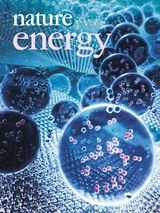
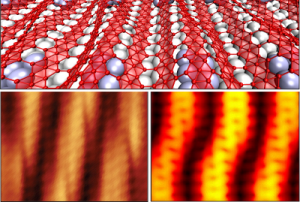
 Rice scientists calculate tweaks to graphene would form phonon-friendly cones
Rice scientists calculate tweaks to graphene would form phonon-friendly cones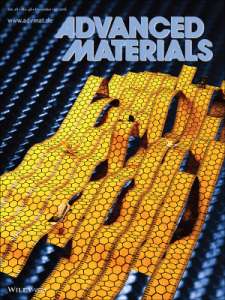 The
The 
 Henry Yu, a 4th year graduate student in the Applied Physics/MSNE program, has won 2nd place in the
Henry Yu, a 4th year graduate student in the Applied Physics/MSNE program, has won 2nd place in the 
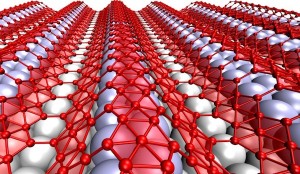 Though they’re touted as ideal for electronics, two-dimensional materials like graphene may be too flat and hard to stretch to serve in flexible, wearable devices. “Wavy” borophene might be better, according to Rice University scientists.
Though they’re touted as ideal for electronics, two-dimensional materials like graphene may be too flat and hard to stretch to serve in flexible, wearable devices. “Wavy” borophene might be better, according to Rice University scientists.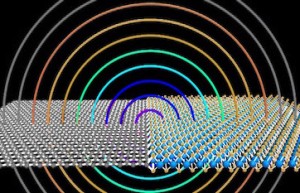
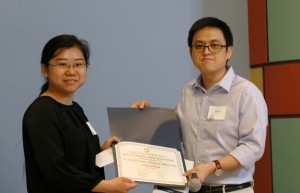 Department. To honor Franz R. Brotzen, the Stanley C. Moore Professor Emeritus of Materials Science and a former dean of engineering, this fellowship was established by David Lee Davidson and his wife, Patricia, and to support an endowed fellowship for graduate students researching in the area of materials science.
Department. To honor Franz R. Brotzen, the Stanley C. Moore Professor Emeritus of Materials Science and a former dean of engineering, this fellowship was established by David Lee Davidson and his wife, Patricia, and to support an endowed fellowship for graduate students researching in the area of materials science.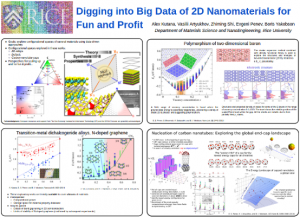 Ken Kennedy Institute for Information Technology (April 13, 2016, 3-5pm,
Ken Kennedy Institute for Information Technology (April 13, 2016, 3-5pm, 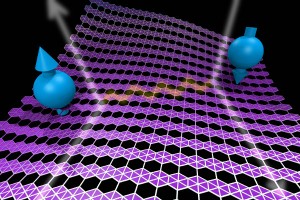
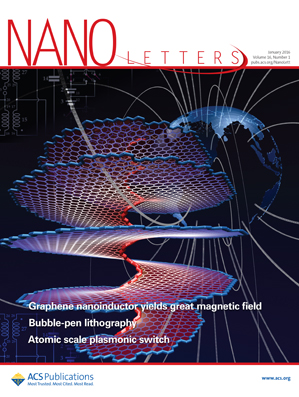 Graphene forms helicoids, akin to the mathematical
Graphene forms helicoids, akin to the mathematical